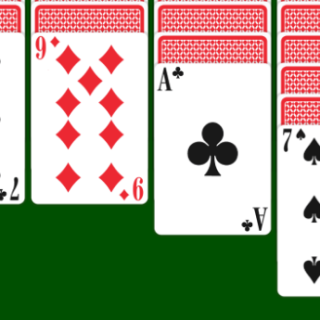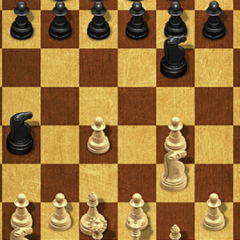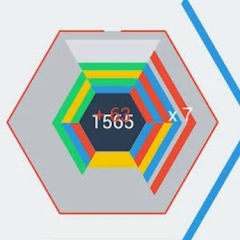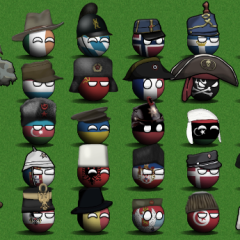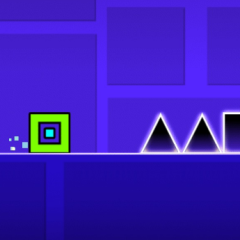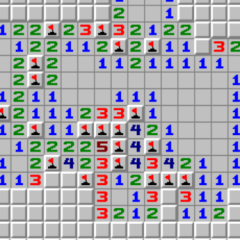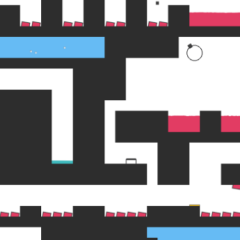Solitaire
Advertisement
Advertisement
Solitaire, often synonymous with the classic Klondike variant, captivates with its blend of luck and strategy, where players arrange a shuffled deck into ordered sequences. The game setup starts with a tableau consisting of seven staggered piles of cards that decrease in number from one to seven, with only the topmost card revealed. Adjacent to the tableau, the remaining cards form a stockpile which players draw from to progress in the game. The ultimate goal is methodically transferring all cards onto four foundation piles, sorted by suit and assembled in ascending order from Ace to King.
Mastering Tactics and Overcoming Obstacles
The essence of Solitaire’s challenge lies in its demand for strategic foresight and tactical flexibility. Players must adeptly maneuver cards within the tableau under stringent constraints: only alternating colors can stack in descending sequential order, and only a King may occupy an empty tableau column. Each move or transfer within the tableau exposes hidden cards, potentially unlocking new moves and strategies. Conversely, reckless moves can prematurely exhaust the stockpile and necessitate use of the undo function, where available, to rectify missteps and reclaim a path to victory.
Solitaire’s Evolution into the Digital Age
With the advent of personal computers and mobile technology, Solitaire has found new life and popularity in digital form, transcending its paper card origins. Modern digital platforms have introduced a plethora of variants like Spider, TriPeaks, and Pyramid, each offering unique twists and additional layers of strategy. These digital versions enhance accessibility and gameplay with features such as automatic hints, unlimited undos, and detailed statistics tracking, which appeal to both novice players and solitaire aficionados.
